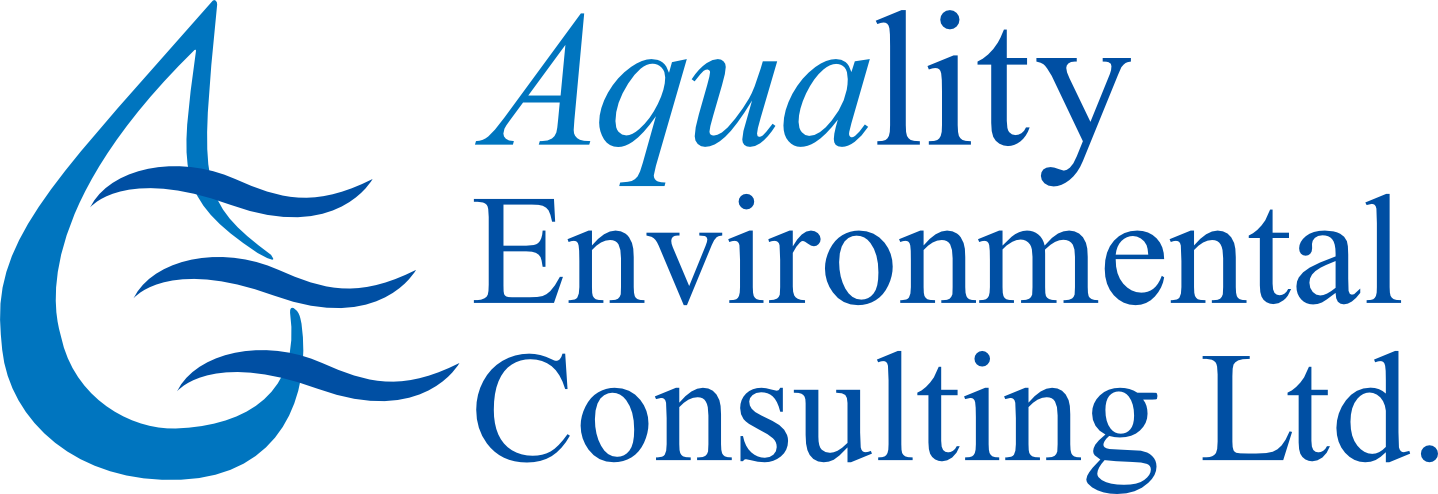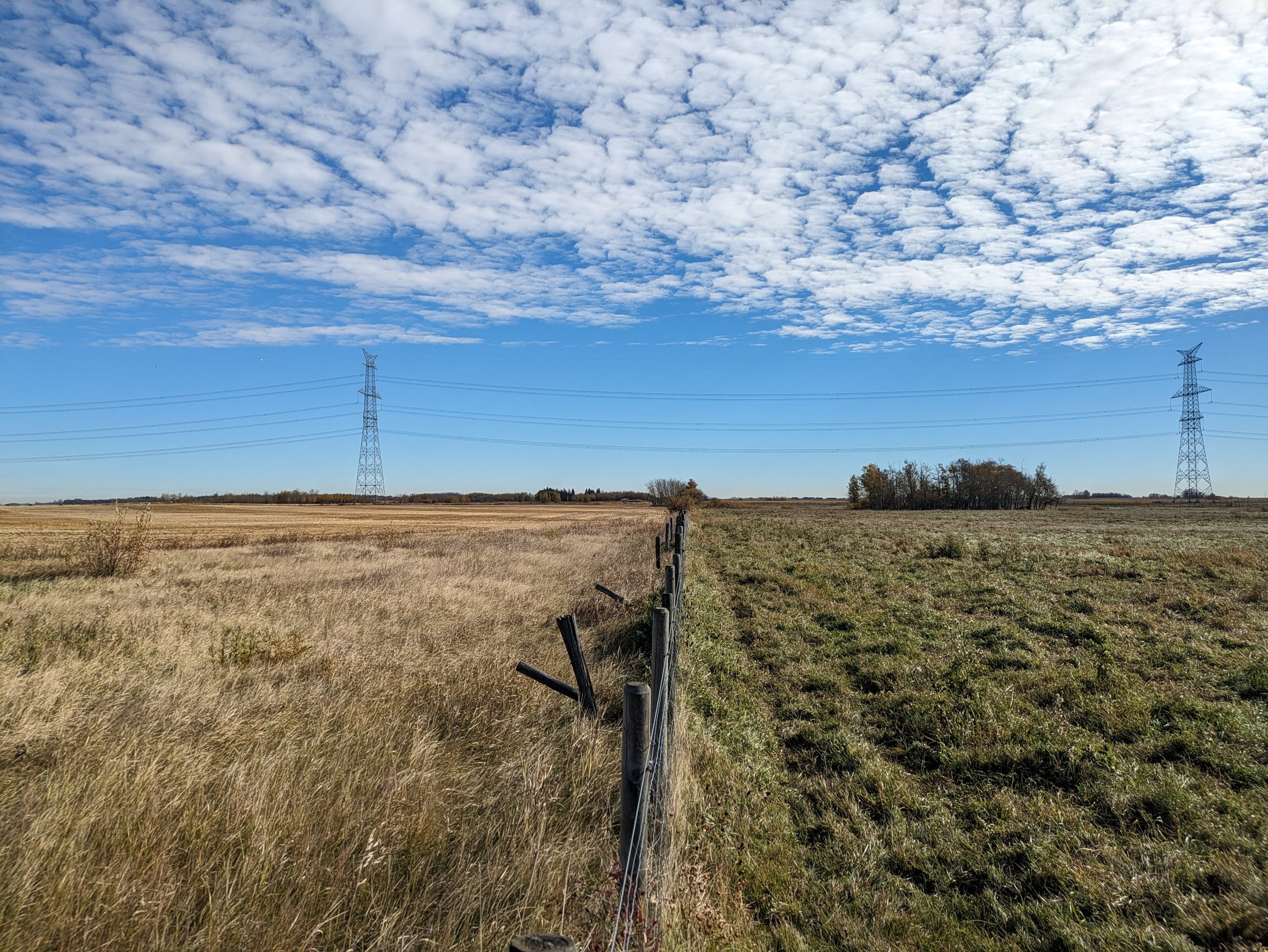Land - Use Framework
Alberta's Land-use Framework sets out an approach to manage public and private lands and natural resources to achieve Alberta's long-term economic, environmental and social goals. It provides a blueprint for land-use management and decision-making that addresses Alberta's growth pressures. It complements the Province's water and air policies - Water for Life (2003), the Clean Air Strategy for Alberta (1991) both of which have been updated, and Alberta's 2008 Climate Change Strategy. What uses are permitted on land - or more precisely, how they are done - clearly impact adjacent watersheds and airsheds. It is just as important to recognize how land use is different from air and water policies. It is relatively easy to reach broad consensus on the appropriate standards for air and water; minimum standards must ensure that people, wildlife or plants are not harmed.
The Land-use Framework consists of seven basic strategies to improve land-use decision-making in Alberta:
Develop seven regional land-use plans based on seven new land-use regions.
Create a Land-use Secretariat and establish a Regional Advisory Council for each region.
Cumulative effects management will be used at the regional level to manage the impacts of development on land, water and air.
Develop a strategy for conservation and stewardship on private and public lands.
Promote efficient use of land to reduce the footprint of human activities on Alberta's landscape.
Establish an information, monitoring and knowledge system to contribute to continuous improvement of land-use planning and decision making.
Inclusion of aboriginal peoples in land-use planning.


